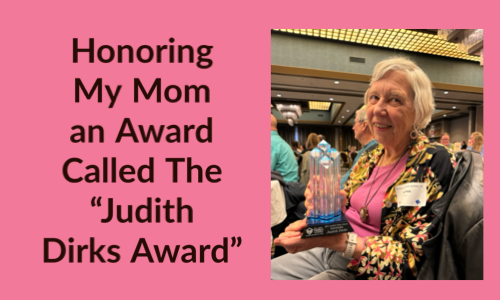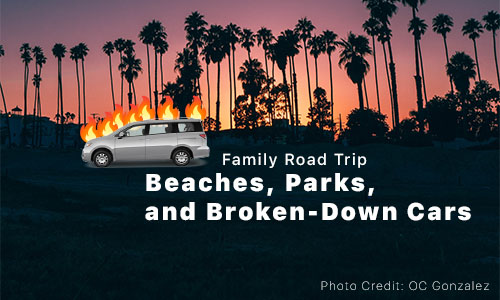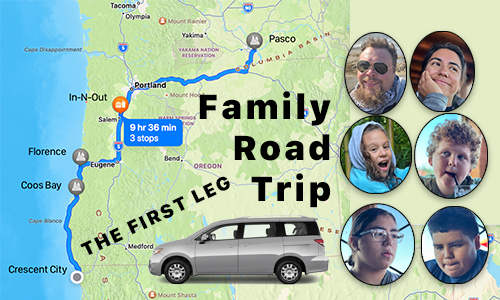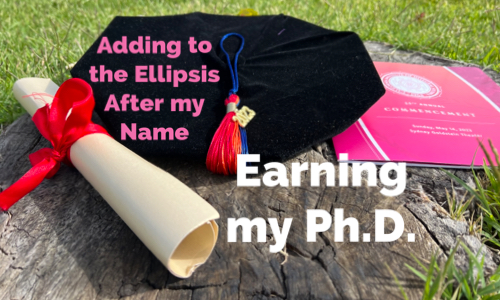Spring 2024 SOWK 322 Class 14 Weekly Email
Email sent on to SOWK 322
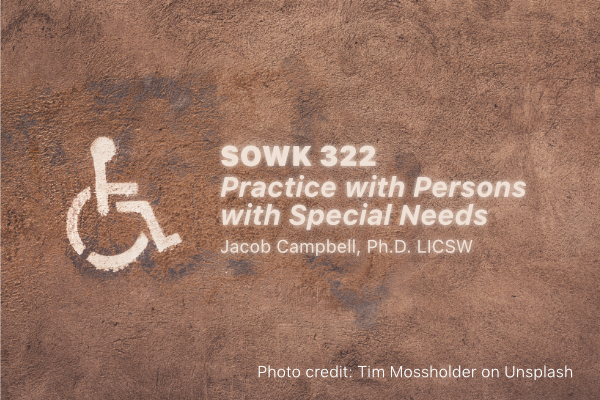
Unit Introduction and What You Will Learn
Week 14, we move closer to the end of the semester and this course. I hope it has been a good experience for everybody and that you have learned a lot. This week, we start to look at the material that we will cover in your final paper. The following are the learning objectives for this week:
- Explore concepts of mobility and access
- Apply mobility and access concepts to students’ own experiences
- Integrate improved access to social work practice
Unit Assignments
Read/Watch
- Read Rothman’s (2018) chapter 22, “Mobility, Access, and Adaptive Technology”
- Watch Roy (2015) When We Design for Disability, We all Benefit
A–01: Asynchronous Participation and Engagement
Students are to make at least three replies across any of the five open forums this week. Remember, the expectation is to read all of the posts. Your responses can include another student’s reply if you contribute something substantial to the discussion. Be sure to post on two separate days to show engagement.
Three forums are related to accessibility in our environments, whether in our homes, transportation, or our neighborhoods. The forms for discussion of each of these topics include:
- Adaptable Living Spaces
- Accessibility in the Built Environment: Transportation
- Accessibility in the Built Environment: Neighborhood Mobility
I also have students watch a Roy’s (2015) TEDx talk and discuss it in the forum - Discussion of Elise Roy’s TEDx Talk - When we design for disability, we all benefit.
Finally, even though the end of the semester is still a couple of weeks away, students can start to ask questions about their final paper in the forum Questions about Assignment 05: Accessibility in Your Community Reflection Paper.
A-04: Analysis of Activist Work on Social Media
Meta: Points 75 pts (12% of total points); Deadline Sunday 04/21/24 at 11:55 PM; Completion via an uploaded paper in My Heritage Assignments; Locations Assignment Submission and Syllabus Handout
Purpose: Social media is often used to advocate for disability rights. This assignment hopes to expose students to disability rights advocates on social media, follow them, and see what they do.
Task: During the second week of class, students will be introduced to a list of disability activists who maintain a presence on social media. Students should choose at least one person to follow for the semester. Another person active on social media can be selected but will need approval from the professor.
Over the semester, check in on the activist’s social media feed. Notice the information they share, the positions they take, and the organizations and individuals they retweet. Near the end of the semester, you will write a reflection describing what you have learned from following this person, an analysis of information you found challenging to your values or beliefs, and connections you made to other organizations or activists. Your own social media account is helpful but not necessary for this exercise if you are using Twitter (now named X) or Mastodon.
Success: Students will submit a thoughtful reflective paper on time. The report will be between 500 and 750 words in length. The paper will include a title page, title, and in-text citations/reference list entries as needed (to cite any tweets or other sources in your paper), all following APA formatting. Scores will be assessed using the reflective paper rubric listed in the appendix.
Unit Resources
There is no lecture video this week, but students are to watch Roy’s (2015) When We Design for Disability, We all Benefit.
The forum Adaptable Living Spaces, encourages students to browse through Johnson et al. (1999) report, Home Modifications and Products for Safety and Ease of Use. The Institute for Human Centered Design (2016), which came out of the New England ADA Center published a checklist for what should be considered in existing facilities to verify that they meet standards. You can browse through the ADA Checklist for Existing Facilities. I am also a bit of a technology nerd and primarily related to Apple. Apple (2020) published an article about design with accessibility built-in that is interesting. You can read the article Apple, Creatives, and Disability Rights Activists Reflect on 30 years of the Americans with Disabilities Act.
Reference
Apple, (2020, July 22) Apple, creatives, and disability rights activists reflect on 30 years of the Americans with Disabilities Act. Apple News Room. https://nr.apple.com/dE7a8d6g5n
Institute for Human Centered Design. (2016). ADA checklist for existing facilitates. New England ADA Center, ADA National Network;, 89 pages. https://www.adachecklist.org/doc/fullchecklist/ada-checklist.pdf
Johnson, M., Duncan, R., Gabriel, A., & Carter, M. (1999). Home modifications and products for safety and ease of use. The Center for Universal Design.
Rothman, J. (2018). Social work practice across disability (2nd ed.). Routledge.
Roy, E. (2015). When we design for disability, we all benefit [Video]. TED. https://www.ted.com/talks/elise_roy_when_we_design_for_disability_we_all_benefit
To-Do Lists
- Read Rothman chapter 22
- Watch Roy (2015) TED talk
- Browse the other articles: Home Modifications and Products for Safety and Ease of Use, ADA Checklist for Existing Facilities, Apple, Creatives, and Disability Rights Activists Reflect on 30 years of the Americans with Disabilities Act
- Make at least three replies across any of the forums: Adaptable Living Spaces, Accessibility in the Built Environment: Transportation, Accessibility in the Built Environment: Neighborhood Mobility, Discussion of Elise Roy’s TEDx Talk - When we design for disability, we all benefit, Questions about Assignment 05: Accessibility in Your Community Reflection Paper

